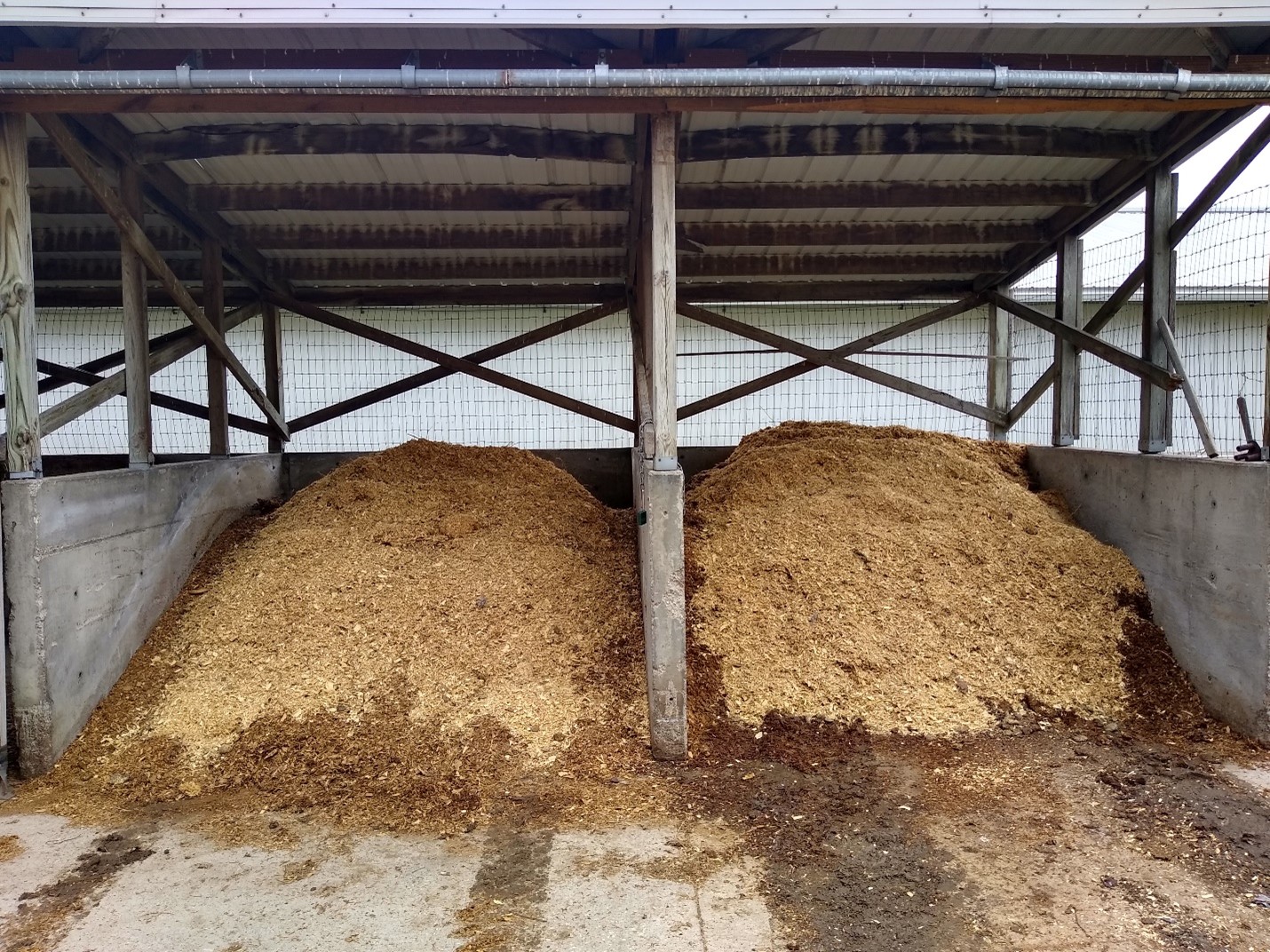Mortality composting done right
Improving the management of on-farm mortality management to avoid composting and environmental problems.

Animal deaths are unavoidable on the farm and farmers need planned and effective management methods for mortality disposal. All states have dead animal regulations, which describes the management of dead animals, which results in: the protection of human and animal health, the reduced risk of disease transmission, the control of flies, vermin, and scavenging animals, and the protection of ground water, surface water and air. Composting is a safe, effective, and affordable method of managing and disposing of animal mortality.
After 30 years of advising farmers how to compost dead animals, I have observed that certain aspects of on-farm mortality composting are most challenging: batching, consistently monitoring compost temperatures, keeping records, the use of a fresh biofilter amendment layer, reshaping the collapsed pile, practicing biosecurity, controlling leachate, sufficient shattering of bones, material track out from the compost facility, and having a consistent plan for the land application of finished compost. More recently, I have discussed with various environmental experts, consultants, and educators that the management of mortality composting is presenting the greatest concern. Farms may have excellent facilities but are not managing the composting process to prevent problems. This is the first in a series of articles addressing mortality composting problems and focuses on the prompt use of a biofilter cover of fresh or clean carbon amendment.
The Michigan Animal Tissue Compost Operational Standard (2007) states:
- Animal tissue should always be covered by a minimum of 6 inches bulking agent and never be exposed.
- The final layer on a static pile which will remain undisturbed for longer than one week, serves as a biofilter cap, and should be at least 3 inches of fresh bulking agent, with a high C: N.
- Actively composting materials in static piles must be actively (mechanically turned, mixed, moved) aerated a minimum of two times and undergo a minimum of three heat cycles before final utilization as finished compost. Make sure all animal tissue is covered with a biofilter cap after aeration.
Covering with a biofilter layer must occur every time a new mortality is added and one week or more is expected to pass before the next addition. It also must occur every time compost batches are aerated, turned, mixed and (or) moved between heat cycles. The nuisance problems of flies, vermin, scavenging animals, and putrid odors will be avoided. Over time, the clean cover carbon source will be mixed into the compost and enhance the absorption ability of the compost. Absorption lessens the amount of leachate that may leave the compost and the risk of a potential discharge. The fresh carbon ensures compost activity and the achievement of three temperature cycles to 131 degrees Fahrenheit.

Good management of the on-farm compost process is key to successfully disposing of mortality, kindly not being a nuisance to neighbors, and wisely protecting the environment.



 Print
Print Email
Email



